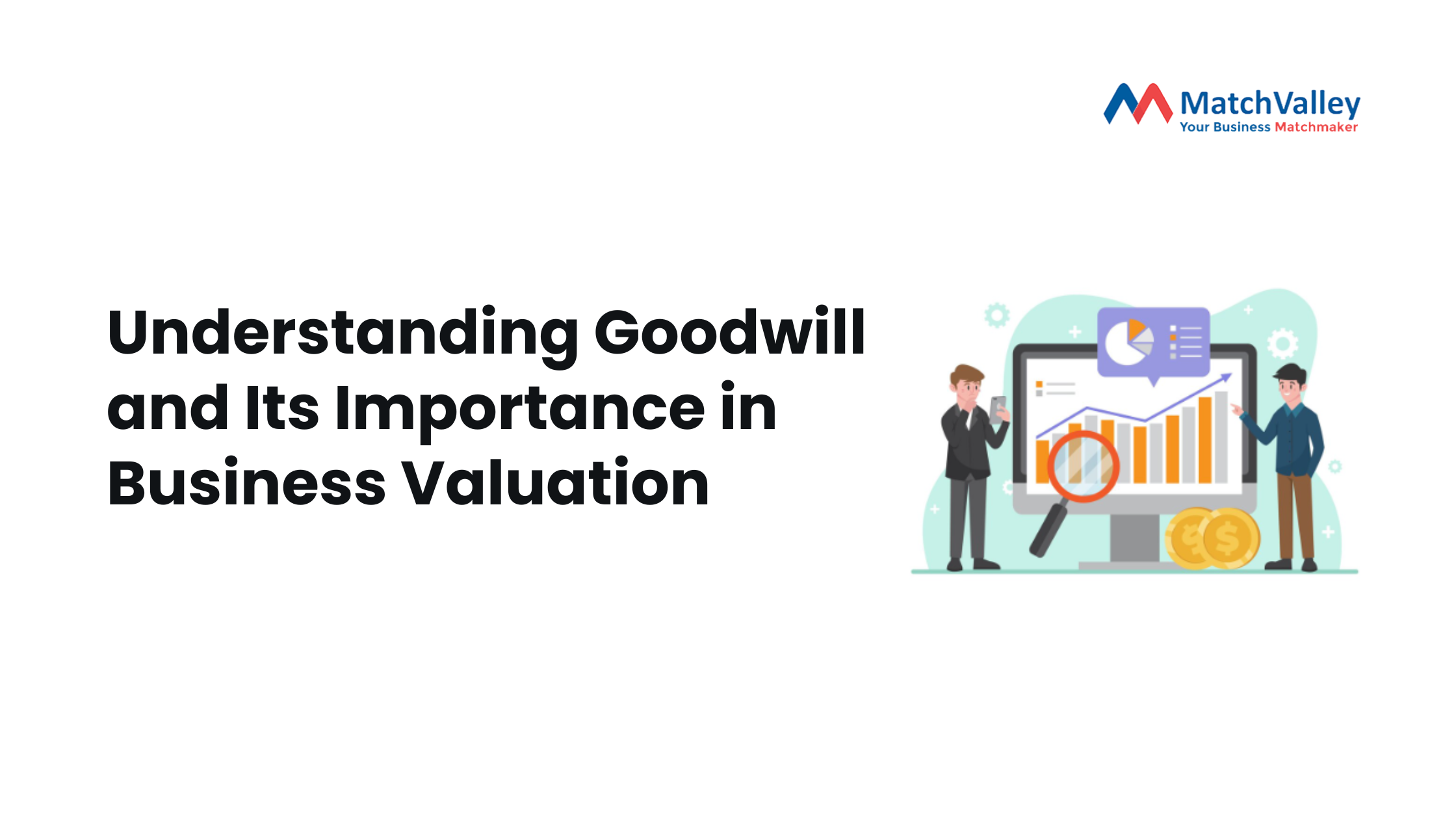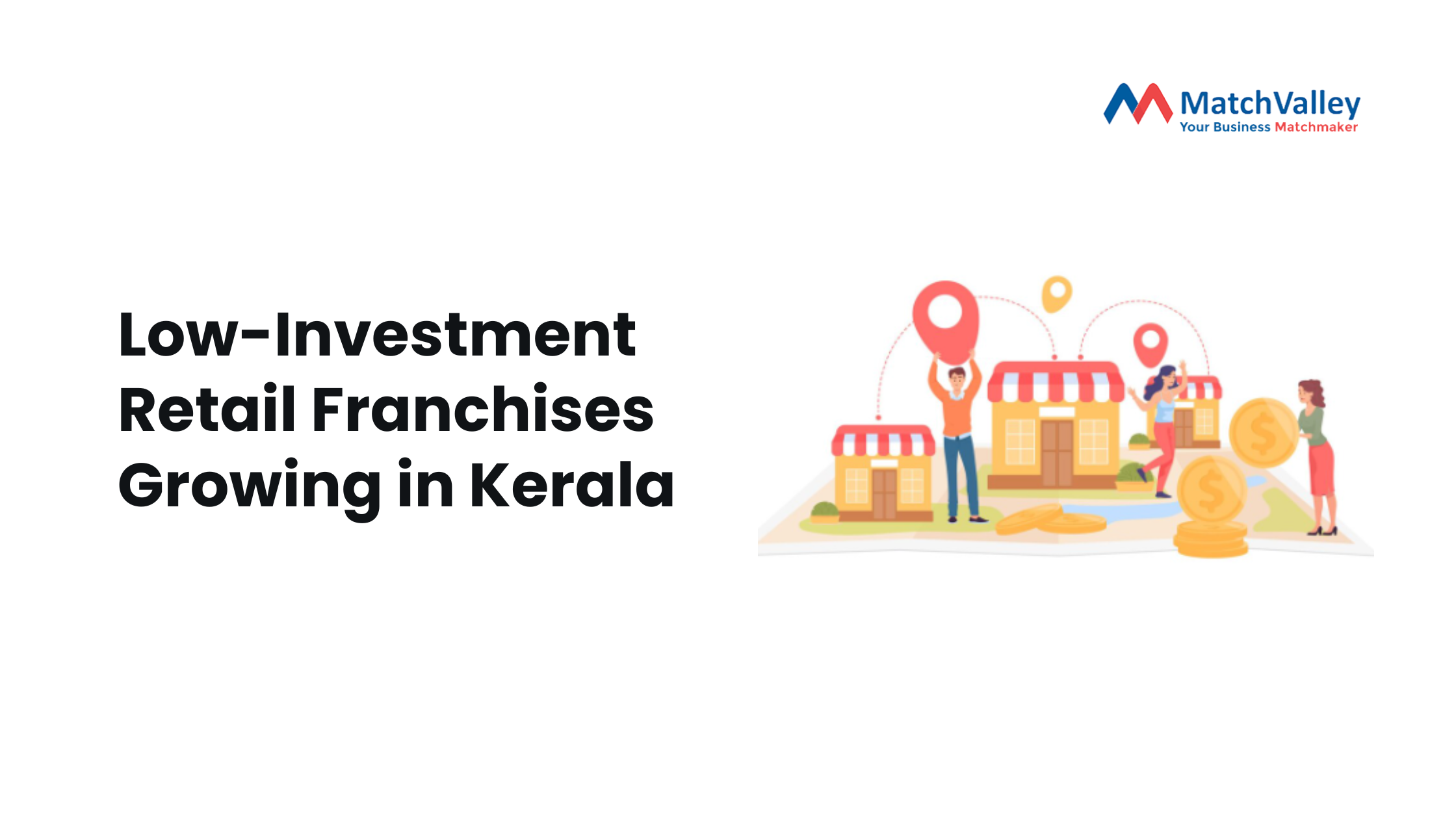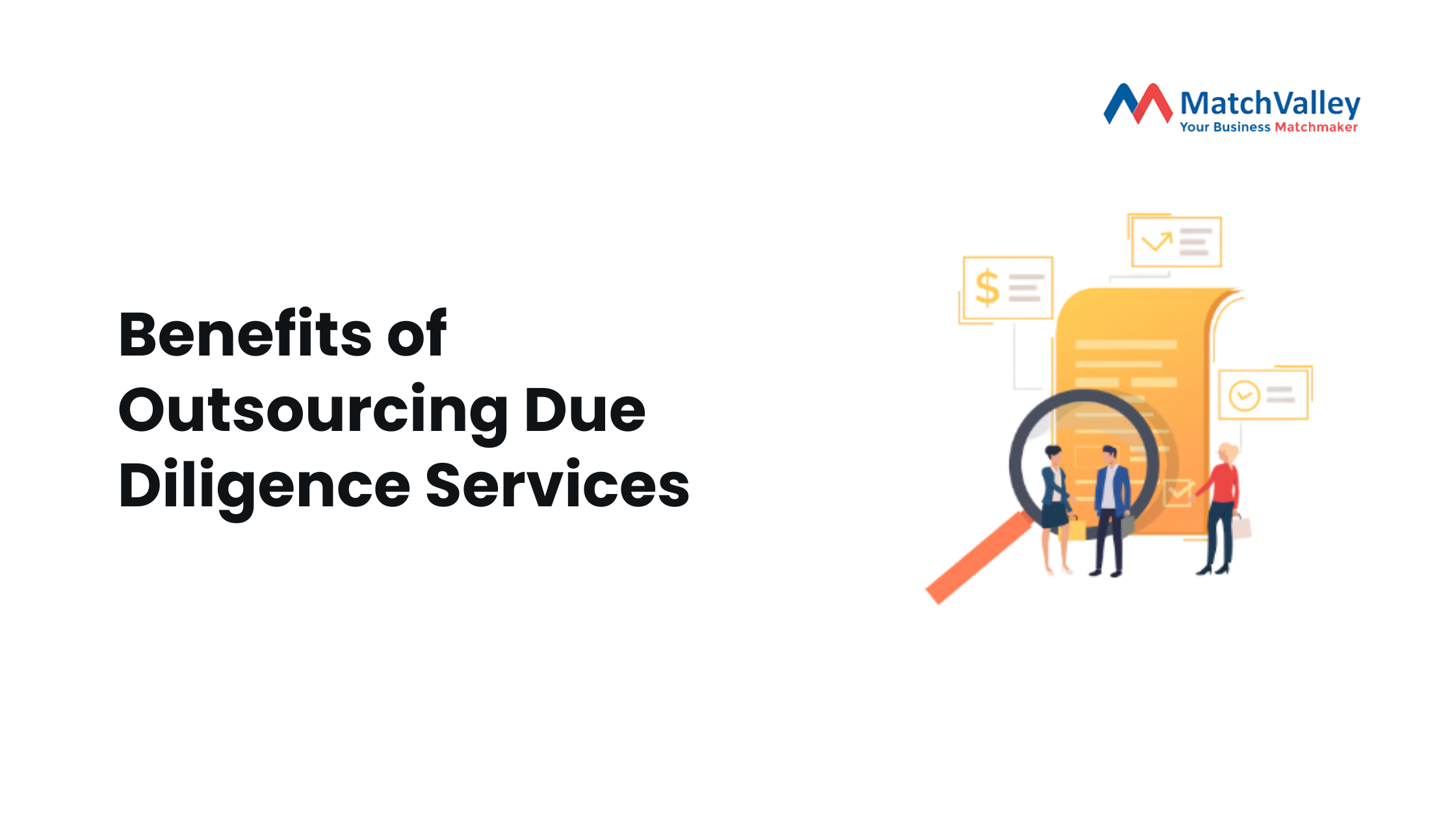Understanding Goodwill and Its Importance in Business Valuation
When it comes to evaluating a business, the numbers on the balance sheet tell only part of the story. Assets such as machinery, inventory, and property are easy to quantify, but what about the reputation of the business, its brand strength, loyal customer base, or the expertise of its workforce? These intangible elements are collectively captured under one accounting term—goodwill.
Goodwill is an essential factor in business valuation, especially in mergers, acquisitions, or when seeking investors. It reflects the premium a buyer is willing to pay over the company’s tangible assets and liabilities. In today’s competitive world, where customer trust and brand reputation can make or break a company, understanding goodwill is crucial.
What is Goodwill?
In simple terms, goodwill represents the intangible value of a business that goes beyond its physical and financial assets. It is the “extra” worth that makes a buyer pay more than the fair market value of tangible assets.
For example, consider two retail stores selling identical products. Store A has a strong reputation, loyal customers, and a recognizable brand, while Store B has none of these. Even if both stores own the same inventory and equipment, Store A will command a higher price if sold—thanks to its goodwill.
In accounting, goodwill arises during acquisitions when one company purchases another for more than the fair value of its net assets. On the acquiring company’s balance sheet, goodwill is recorded as an intangible asset.

Components of Goodwill
Goodwill is not a single attribute but a combination of several intangible factors. Some of the most common components include:
-
Brand Reputation – A well-established brand can significantly boost customer trust and loyalty, leading to higher sales and market share.
-
Customer Relationships – Businesses with a strong and loyal customer base often carry higher goodwill.
-
Employee Expertise – Skilled employees, innovative management, and organizational culture add to goodwill.
-
Intellectual Property – Trademarks, patents, copyrights, or proprietary technology are valuable intangible assets.
-
Location and Market Position – A prime location or a dominant position in the market enhances goodwill.
-
Supplier and Distributor Networks – Strong business relationships with suppliers and distributors also contribute to overall goodwill.
How Goodwill is Calculated
Goodwill is calculated during acquisitions using the formula:
Goodwill = Purchase Price of Business – (Fair Value of Assets – Liabilities)
For example, if Company X buys Company Y for ₹50 crore, and the net fair value of Y’s assets and liabilities is ₹40 crore, then the goodwill is ₹10 crore.
This value is then recorded on the acquiring company’s balance sheet as an intangible asset.

Importance of Goodwill in Business Valuation
Goodwill plays a pivotal role in understanding the real value of a business. Here’s why it is so important:
1. Reflects True Business Worth
Traditional accounting focuses on tangible assets, but in today’s market, intangible factors often drive growth. Goodwill ensures that brand equity, customer trust, and intellectual property are acknowledged in business valuation.
2. Influences Mergers and Acquisitions
In M&A deals, goodwill is often the deciding factor in the final price. Companies with strong goodwill can demand higher premiums from buyers, while those with poor reputation may struggle to attract investors.
3. Helps in Securing Investments
Investors look beyond financial statements when evaluating companies. High goodwill signals strong business prospects, making it easier to attract funding or partnerships.
4. Competitive Advantage
Goodwill is closely tied to a business’s unique selling proposition. A company with strong brand loyalty or patented products enjoys a competitive edge that cannot be easily replicated.
5. Indicator of Sustainability
Goodwill is often a measure of long-term sustainability. Companies with strong goodwill are more resilient during market fluctuations because of their established reputation and loyal customers.
Challenges with Goodwill
While goodwill is valuable, it also comes with challenges:
-
Difficult to Quantify – Unlike machinery or property, goodwill cannot be easily measured. Its valuation often depends on subjective judgments.
-
Impairment Issues – Over time, if the acquired business underperforms, goodwill may lose value. In such cases, accounting rules require companies to record impairment losses.
-
Overpayment Risks – Companies sometimes pay excessively high premiums, leading to inflated goodwill that may later need to be written off.
-
Volatility – Goodwill can fluctuate due to changes in customer preferences, market competition, or regulatory changes.
Managing and Enhancing Goodwill
Goodwill is not just a number on the balance sheet—it is something businesses can actively manage and enhance. Here’s how:
-
Build a Strong Brand – Consistent branding, positive customer experiences, and quality products help in building goodwill.
-
Focus on Customer Loyalty – Offering excellent service and maintaining relationships ensures a steady customer base.
-
Invest in Employees – Training, upskilling, and creating a positive work culture increases goodwill by enhancing employee contribution.
-
Protect Intellectual Property – Patents, trademarks, and copyrights safeguard unique assets that add to goodwill.
-
Community Engagement – Businesses that engage in social responsibility and community development often enjoy higher goodwill.
Conclusion
Goodwill may be intangible, but its impact on business valuation is undeniable. It captures the hidden strengths of a business—its reputation, customer loyalty, intellectual assets, and brand identity—that tangible assets fail to reflect.
For business owners, goodwill is a reminder that long-term success depends not only on profits and assets but also on trust, relationships, and reputation. For investors and buyers, it is a key measure of whether a business has the potential to thrive in the future.
In short, goodwill is the bridge between financial statements and the true essence of a company’s value. Understanding and managing it effectively can make all the difference in building a sustainable, competitive, and valuable business.





